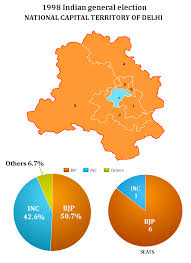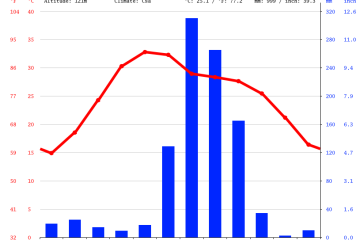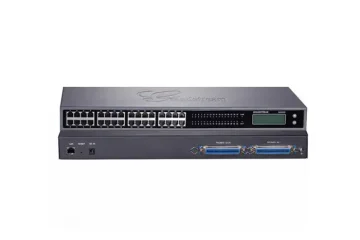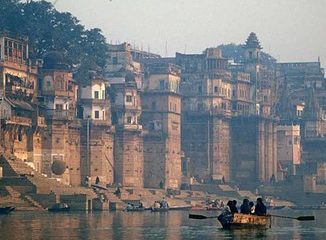Understanding South Delhi: Culture, Economy, and Development

Introduction
South Delhi is one of the most notable regions in the National Capital Territory of Delhi, known for its rich culture, historic landmarks, and a flourishing economy. This area has drawn significant attention in recent years due to its rapid urban development and the rise of numerous businesses and educational institutions. Understanding the socio-economic dynamics of South Delhi is crucial as it reflects broader trends in urbanization and economic growth in India.
Geographical Overview
South Delhi comprises various neighborhoods, including Greater Kailash, Hauz Khas, and Saket, each offering a unique blend of residential spaces and commercial establishments. The area’s infrastructure is well-developed, with an extensive network of roads and the Delhi Metro, enhancing connectivity to other parts of the city.
Cultural Significance
The cultural diversity of South Delhi is evident in its numerous museums, parks, and historical sites. Key attractions include the Qutub Minar, a UNESCO World Heritage Site, and the Lotus Temple, both symbols of India’s architectural heritage. Additionally, the region hosts several cultural festivals, art exhibitions, and food fairs, attracting visitors from across the city and beyond.
Economic Development
In recent years, South Delhi has witnessed a surge in economic activities, particularly in the retail and hospitality sectors. High-end shopping complexes such as DLF Promenade and Select Citywalk are popular among both locals and tourists. Furthermore, the presence of prestigious educational institutions, including Jawaharlal Nehru University and the Indian Institute of Technology, draws students from all over the country, bolstering the local economy.
Recent Developments
As of 2023, South Delhi has seen the introduction of several urban development initiatives aimed at improving infrastructure and enhancing the quality of life for residents. Local authorities have undertaken projects to upgrade public transport facilities and increase green spaces, promoting sustainable urban living. Moreover, the implementation of smart city initiatives is expected to bring advancements in technology and urban management, ensuring that South Delhi keeps pace with its growing population.
Conclusion
In conclusion, South Delhi stands out as a vibrant blend of cultural heritage and economic dynamism. As the region continues to develop, it is likely to attract more investments and tourism, further solidifying its status as a key area in Delhi. Understanding the ongoing changes in South Delhi is essential for stakeholders, residents, and visitors alike, as it offers insights into the future trajectory of urban spaces in India. With sustained attention on infrastructure and cultural preservation, South Delhi is poised to thrive as one of the leading urban centers in the country.









